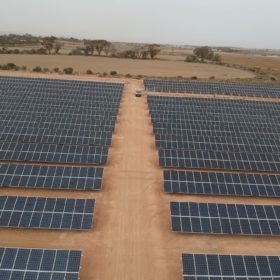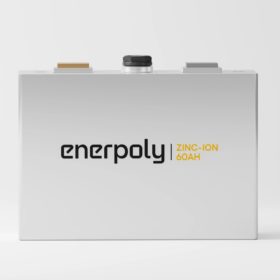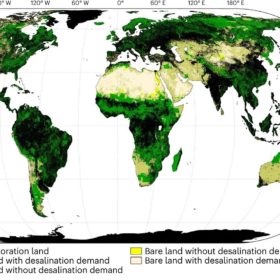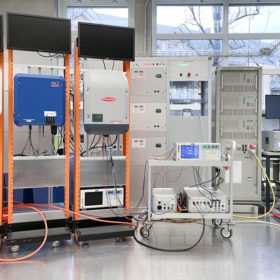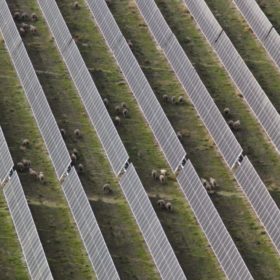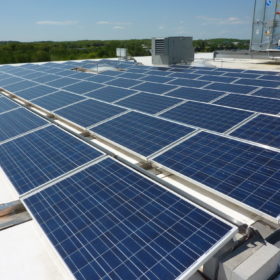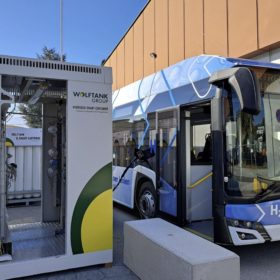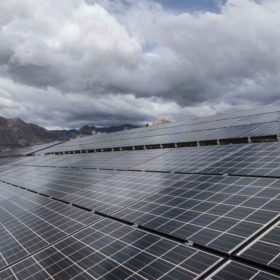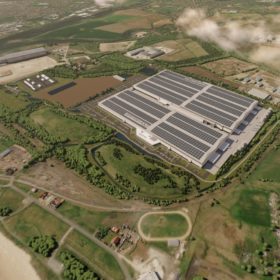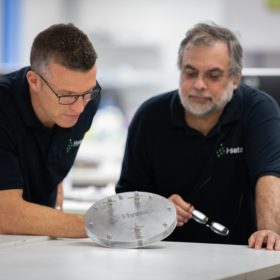UK renewables giant targets Australian solar with $145 million spending spree
UK-headquartered fund manager Glennmont Partners has its sights firmly set on the Australian renewable energy market after announcing it plans to acquire, build and operate a portfolio of large-scale solar farms and energy storage assets as part of a $145 million (USD 100 million) strategy.
Zinc-ion batteries for residential applications
Enerpoly produces low-cost, low-maintenance zinc-ion battery storage systems for durations of two to 10 hours. The Swedish battery specialist now plans to develop prototypes of a residential plug-in storage system with rechargeable zinc batteries in Europe, under an EU-funded collaborative project with Austrian startup EET.
PV-powered seawater desalination for afforestation carbon capture
Finnish researchers have proposed the use of solar, wind, and storage to provide desalinated seawater to restore forests. Their model predicts that an additional 10.7 TW of PV would be needed to actually do this by 2100, leading to a cumulative carbon dioxide sequestration potential of 730 gigatonnes.
Survey shows 34.3% failure rate for residential inverters over 15 years
The Bern University of Applied Sciences in Switzerland has published the initial results of a survey on the durability and performance of residential PV inverters and power optimisers over a 15-year period. They found that more than 65% of the inverters did not present yield-relevant faults by their 15th year of operation.
Malaysian oil giant reportedly set to buy Wirsol’s Australian portfolio
Malaysian oil giant Petronas is reportedly set to buy the Australian renewable assets of German developer Wirsol. With roughly 750 MW of solar and storage projects and nearly double that in development, the deal could be worth between $900 million (USD 625 million) to $1 billion, according to Reuters.
AC vs. DC in residential buildings equipped with solar-plus-storage
Scientists in Sweden have compared AC and DC topologies in PV-powered buildings using battery storage. They have found that DC distribution systems can achieve energy savings when they are combined with solar-plus-storage systems.
Mobile hydrogen refuelling stations set for remote mines and industrial sectors
A distribution agreement between Europe-based Enermech and Wolftank Group will see mobile hydrogen refuelling stations installed at remote mine sites and industrial sectors across Australia and New Zealand.
DNV acquires Australian solar data specialist Solcast
Australian-headquartered solar data specialist Solcast has been acquired by Norwegian energy assurance and risk management company DNV as it seeks to strengthen its solar forecasting services to help maximise the value of PV power plants globally.
Recharge Industries looks to revive British battery gigafactory
Just weeks after announcing its intent to build a $300 million (USD 210 million) lithium-ion battery manufacturing facility in Victoria, Australia-based Recharge Industries is reportedly considering a bid for the collapsed UK battery company Britishvolt that could revive plans to construct a battery cell gigafactory in northern England.
Australia and Germany tip $100 million into green hydrogen projects
An Australian cleantech company that claims its technology could enable hydrogen production of below $1.50 per kilogram by the middle of the decade is one of four green fuel projects to share in more than $100 million (USD 78 million) funding awarded as part of a collaboration between the Australian and German governments.
